Transform Rural India (TRI) has been at the forefront of driving positive change in Jharkhand, a state with immense potential yet significant developmental challenges. TRI's initiatives focus on addressing key issues like poverty, gender inequality, unemployment, and lack of access to sustainable livelihoods. By empowering women, fostering self-reliance, and creating opportunities for income generation, TRI has been making a lasting impact in some of the most underserved communities in the region.
In this insightful interview, Bapi Gorai, Senior Practitioner and Surjyakanta Kar, Practitioner at Transform Rural India, both deeply involved in TRI's grassroots initiatives, share their perspectives on the transformative work happening in Jharkhand. They delve into the organization's strategies for supporting rural communities through its initiatives, including the Community Managed Micro Irrigation Scheme (CMMIS) and the empowerment of women through skill development. They also discuss how TRI identifies and engages with communities, implements innovative strategies for development, and navigates the unique challenges of working in the state. This conversation sheds light on TRI's inspiring journey in Jharkhand, offering lessons for rural development across India.
Scroll down for further insights.
Q&A
Q. How does TRI identify and select individuals or communities to support in their journey toward sustainable income and self-reliance?
Bapi Gorai (BG): Here in TRI, we adopt a community-centred, inclusive approach to identify and support individuals and communities for sustainable income and self-reliance. Their selection process typically involves the following steps:
Vulnerability Assessment and Community Mapping: Here we begin by conducting assessments to understand local vulnerabilities and identify disadvantaged groups. Through map communities based on socioeconomic indicators like income levels, education, and access to resources. This allows us to pinpoint communities facing systemic poverty or limited access to development opportunities.
Partnership with Local Institutions: We collaborate closely with Panchayati Raj institutions (PRI), local governance bodies, community-based organizations (CBOs), and self-help groups (SHGs). Through these partnerships gain insights into the local dynamics and connect with individuals or groups who would benefit from support. Local institutions play a crucial role in recommending and mobilizing potential beneficiaries based on their awareness.
Community Involvement: We actively involve community members in discussions to identify those most in need. Through participatory planning sessions with CBOs, they listen to community concerns and aspirations, helping to shape interventions. This approach ensures that solutions are designed with community and it would reflect on the impact of the intervention in scale.
Capability and Interest Assessment: We also map individuals’ interests and skills, as well as the community's existing resources and potential for sustainable development. This assessment ensures that beneficiaries are not only willing but are also well-suited to engage in income-generating and capacity-building activities.
Support and Focus for Youth and Women: Special focus is placed on empowering women and youth. We often prioritize these groups for skill development, entrepreneurial training, and access to resources, as they are seen as pivotal in driving community transformation.
Ongoing Evaluation and Feedback: We maintain a continuous feedback loop, allowing the beneficiary to adapt their support based on evolving needs and project impact. Here we periodically reassess beneficiaries to ensure they are on track toward income generation and self-reliance.
Here in TRI, our approach aims to empower communities from within, facilitating a pathway and reducing dependency on external support.
Surjyakanta Kar (SK): Beneficiaries of the Community Managed Micro Irrigation Scheme (CMMIS) are selected through the engagement of the irrigation project facilitation team (i-PFT). Prior to the installation of a solar-powered irrigation system, a village-level campaign is conducted by the i-PFT to generate interest and demand for irrigation. Interested farmers are invited to formally apply for the scheme. The campaign focuses on promoting green energy usage, leveraging surface water for agriculture, encouraging women's participation, enhancing the knowledge of women leaders, ensuring transparent financial management within village organizations, and strengthening group activities.
Q. Could you walk us through some of the strategies or training methods that TRI uses to empower women in rural areas?
BG: a) TRI’s major strategy for providing the farmers with the proper training methods and making them sustainably empowered is to make them aware of the current modern and doable techniques that can be implemented by the farmers.
b) Training of farmers in Farmer Field Schools (FFS) on a regular basis, so that they are aware of new and tested techniques, and without fail they can try the new variety, tested and high-yielding crops.
c) ToT and combined meeting of all FFS farmers once every month by field cadres and TRI professionals and farmers as well to discuss the ongoing cultivation practices, challenges whether going well or not and if any changes or inputs are required to be done at field then the information is conveyed to the farmers through FFS.
d) Handholding support and frequent visits to farmers.
e) Choosing the new demanding crop and existing crops too whose market is already mapped for making the marketing easy.
f) Making the farmers equipped with modern horticultures techniques like nursery raising, grafting technique, mulching, harvesting at correct stage for local and distant markets etc.
SK: To achieve a large-scale impact on the lives of rural women, TRI collaborates with the community, government systems, and the market. Under the CMMIS project, TRI signed a Memorandum of Understanding (MOU) with the Jharkhand State Livelihood Promotion Society (JSLPS) to facilitate project implementation. A State Project Management Team, known as the State Irrigation Execution Cell (SIEC), was established to oversee scheme scoping, technical feasibility, Detailed Project Report (DPR) finalization, irrigation software management, and capacity-building for staff and the community through i-PFT.
Training provided for CMMIS includes:
· Awareness events on solar-based irrigation systems for Village Organizations, Self-Help Groups, and farmers.
· Training for i-PFT on scheme identification, technical feasibility, farmer data collection, and technical surveys.
· Instruction on operating irrigation software.
· Institution-building and strengthening (with a focus on water user groups) for i-PFT and the community.
· Guidance on cash crop cultivation for i-PFT and farmers in water user groups.
· Training in integrated pest management.
· Education on operating and maintaining the solar-powered irrigation systems for water user groups.
Q. What specific challenges have you encountered while implementing these projects in Jharkhand, and how has TRI adapted its approach to overcome them?
BG: a) Acceptance of new, modified or upgraded techniques to be implemented by farmers
b) Identifying and finalizing the right farmers for the project as demanded like farmers willing to contribution, fencing, fruit plants in the field as the main crop with intercropping, using new varieties of crops etc
c) Making available the planting material from distant places at the right time
d) In the Patriarchal society, land ownership of males also leaves a negative impact on taking charge for ladies as female farmers. To overcome this TRI has been mentoring at CBO and VDC levels on a regular basis to make them understand and correct selection of farmers.
e) Identifying the local as well as distant m and regular markets for various crops to avoid the dependency only on local markets
f) Making the CBOs, and farmers ready with the marketing challenges beforehand so that they can make the produces ready like harvesting in correct stage, sorting, grading, packaging etc for easy selling in the markets
g) Training of agri-entrepreneurs (AEs) and marketing through AEs
SK: When starting in a new block, one of the main challenges was gaining the community’s confidence in installing solar irrigation systems far from their habitat. To address this, TRI facilitated community discussions to set norms for scheme security. Additionally, as the technology was new to rural areas, operation and maintenance posed significant challenges. TRI responded by designing specialized training to improve system efficiency and longevity.
Q. How does TRI collaborate with local communities and partners to amplify the impact of its initiatives and ensure sustainable growth?
BG: TRI collaborates with local communities and partners by building a participatory model that empowers rural stakeholders and promotes inclusive, sustainable growth. Here’s how WE typically work with communities and partners:
Strengthening Local Governance and Institution- We are creating a compact of PRI-CBO and LA through partners with local administration structures, including Panchayati Raj Institutions (PRIs) and community-based organizations (CLF, VO, SHG), to build capacities in rural governance. We engage local leaders and institutions in decision-making through coordination meetings, enhancing their ability to govern effectively. On the other hand, we are also involved in strengthening institutions like women’s Producer Groups (PGs) and farmer producer organizations (FPOs), which play critical roles in ensuring sustainable livelihoods.
Leveraging Multi-Stakeholder Partnerships- We also collaborate with government bodies, NGOs, private sector entities, and other development organizations to coordinate efforts. We design integrated programs that align with government schemes, making development efforts more vibrant and impactful. So, our multi-stakeholder approach ensures resources, technical knowledge, and best practices are shared across sectors, creating a more comprehensive support system for communities.
Community-Driven Solutions and Empowerment- We engage communities directly through participatory planning, ensuring that development strategies align with the real needs and aspirations of the people. They facilitate village-level meetings and workshops to gather input, which helps in designing solutions to local contexts.
SK: TRI established the State Irrigation Execution Cell to operate at the state level.
This cell is responsible for:
· Mapping potential new irrigation schemes by block, and assessing overall technical feasibility.
· Model development, cost estimation, and institution-building (focusing on Water User Groups).
· Designing irrigation software for DPR preparation.
· Overseeing procurement, tendering, project reviews, and staff/community training.
· Ensuring optimal command area utilization, improving cropping intensity, and increasing farmer incomes according to the landscape. Additionally, TRI supports farmers in market linkage for their produce.
Q. How does TRI ensure that the skills and knowledge shared with beneficiaries continue to benefit them and their communities in the long term?
BG: a) SHG, VO and CLF play a major role in selecting of farmers, capacity-building of farmers, and sharing other information. CBOs then get the farmers ready to take on the activities in the farmers’ ownership and they are also involved in regular monitoring.
b) Farmer Field School (FFS) as model training and demonstration centres will remain there in the field in which regular and frequent capacity building, handholding support and exposure visits are organized for and by local farmers. The exposure visits are chargeable for the visitors which is recorded as well. This way we can ensure that farmers will be benefitted because these field schools work a knowledge centre.
b) These centres are in contact with community institution that continuously and combinedly discusses the pros and cons of the practices and ongoing activities with the CLF members. If the practices are successful, these are implemented by a large number of farmers and if these are a failures the processes are stopped there at FFS level with the consent of CLF.
c) The Pop and the tested processes are well documented by professionals so that can be used again by many and also kept at CLF level.
SK: To ensure a long-term impact, TRI focuses on large-scale irrigation programs using green energy, engaging both JSLPS staff and beneficiaries. Each step is monitored to ensure beneficiaries' progress. TRI facilitates i-PFT and community members to collect water user charges from farmers to cover timely maintenance and build a corpus for the Water User Groups (WUG). The SIEC also collects data on crop patterns, income of "lakhpati" farmers, and scheme functionality. Additionally, training on organic fertilizer and pesticide preparation is provided to women farmers to promote natural farming and reduce cultivation costs.
Q. In your experience, what are the key requisites for the successful implementation of a rural development program? How do factors like collaboration, community engagement, alignment with public policy, local leadership, and access to resources contribute to ensuring a sustainable and impactful outcome?
BG: The successful implementation of rural development programs hinges on several key requisites. Following are breakdown of the factors that typically drive sustainable and impactful outcomes:
Community Engagement with Ownership- Engaging the community ensures that development initiatives sustain with their actual needs and values. When communities have a stake in planning, implementing, and monitoring programs, they feel a sense of ownership that contributes to long-term sustainability. Under this process building trust is essential with regular consultations, participatory planning, and transparent decision-making processes help in enhancing trust and commitment among community members.
Collaboration and Multi-Stakeholder Partnerships- For successful Implementation organization or sector should address all factors of rural development. Like, collaboration with government agencies, NGOs, private companies, and academic institutions enables resource sharing, diverse perspectives, and comprehensive problem-solving ideas. Successful partnerships require clear goals, role definitions, and communication channels and regular coordination meetings and clearly defined metrics can align efforts across organizations.
Alignment with Public Policy and Government Schemes- Aligning with public policy ensures that initiatives complement existing government programs and maximize resource utilization. This alignment also makes programs more likely to gain government support in scale. Through mapping local, state, and national policy frameworks, development programs can position ourselves strategically to leverage government schemes. This often requires advocacy and policy engagement to create synergies and collaboration.
Local Leadership and Institutional Capacity Building- Local leaders, including elected Panchayati Raj representatives, CLF/VO/SHG leaders, have a unique understanding of community dynamics and hold influence within the community. Therefore, building leadership capacities and strengthening local institutions help in sustaining development activities. It includes training programs, leadership workshops, and mentorship are effective ways to build local capacity. Institutional capacity can be developed by supporting CBOs and PRIs to manage resources, monitor projects, and resolve conflicts.
Access to Resources and Financial Sustainability- Without adequate funding, materials, and human resources, even the most well-designed programs struggle to make an impact. Ensuring financial sustainability is critical for program longevity. Hence programs can explore diverse funding sources such as government grants, donor funding, and private-sector investments. Financial literacy and capacity-building for local organizations can also help communities manage resources efficiently.
Impactful Outcome- For a long-term vision with measurable outcomes for sustainable development, programs must balance with a long-term vision to ensure lasting change. Sustainable development focuses on gradual transformations that align with broader social and economic goals. It also requires for designing a theory of change with specific, measurable outcomes, and periodically evaluating progress toward these outcomes, keeps the program on track. And the metrics that align with local goals also help communities see the value of ongoing involvement.
In sum, a successful rural development program integrates these factors into a cohesive strategy, where collaboration, engagement, and alignment with local contexts work together to build resilient and self-sustaining communities.
SK: In my experience, the success of a rural development program hinges on:
· Transparent information sharing with beneficiaries.
· Engaging empathetically with the community.
· Identifying village needs and involving other departments.
· Creating a community vision for future generations and planning accordingly.
· Maintaining regular professional engagement with beneficiaries, including follow-ups and monitoring.
· Enhancing women's active participation through program design.
· Facilitating the creation of transparent and honest leadership to foster a sense of community ownership.
Note: Stay tuned for Part Two, where we'll shine a spotlight on the people behind the progress! We'll explore the real-life impact of TRI's initiatives in Jharkhand through the eyes of the beneficiaries themselves.




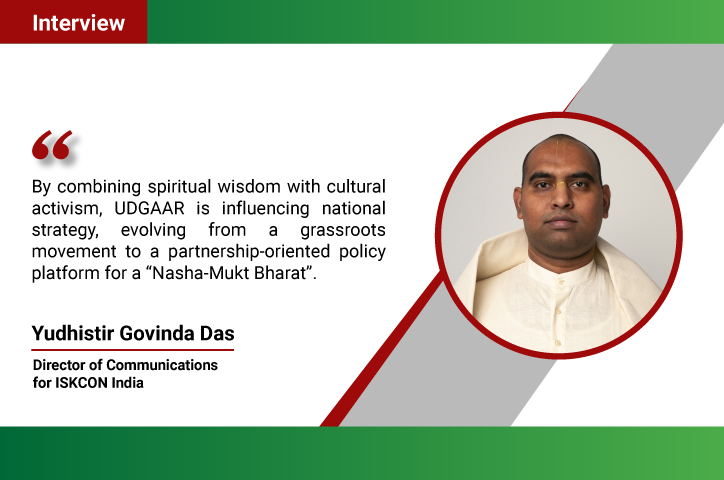

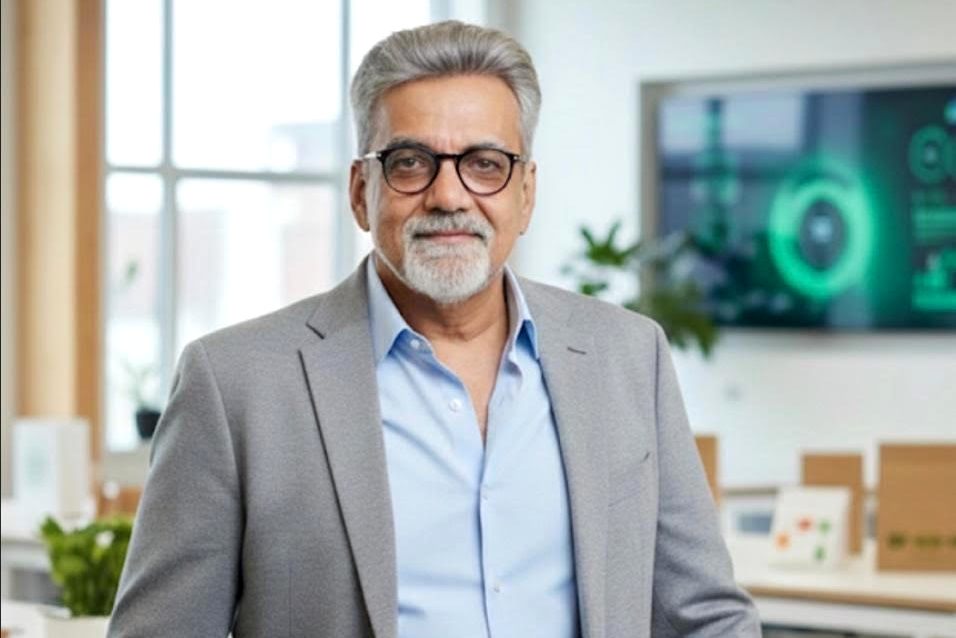


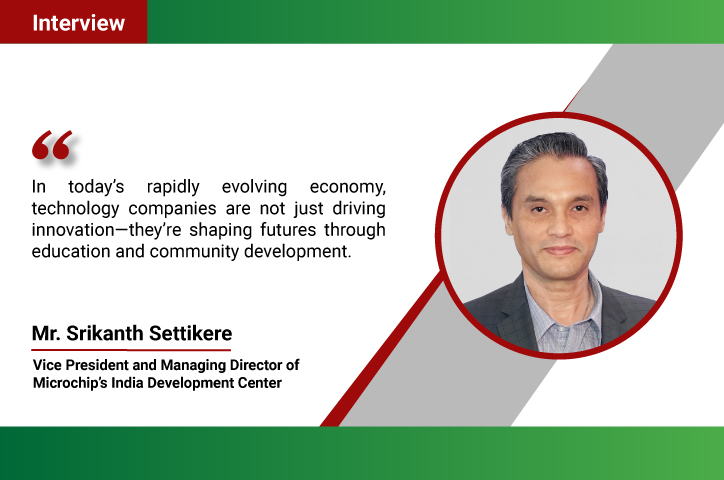
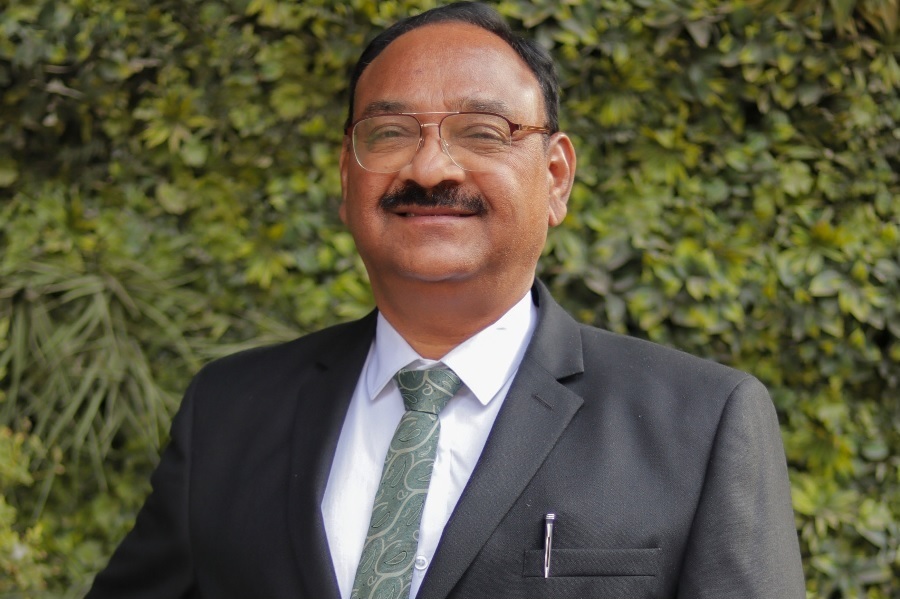
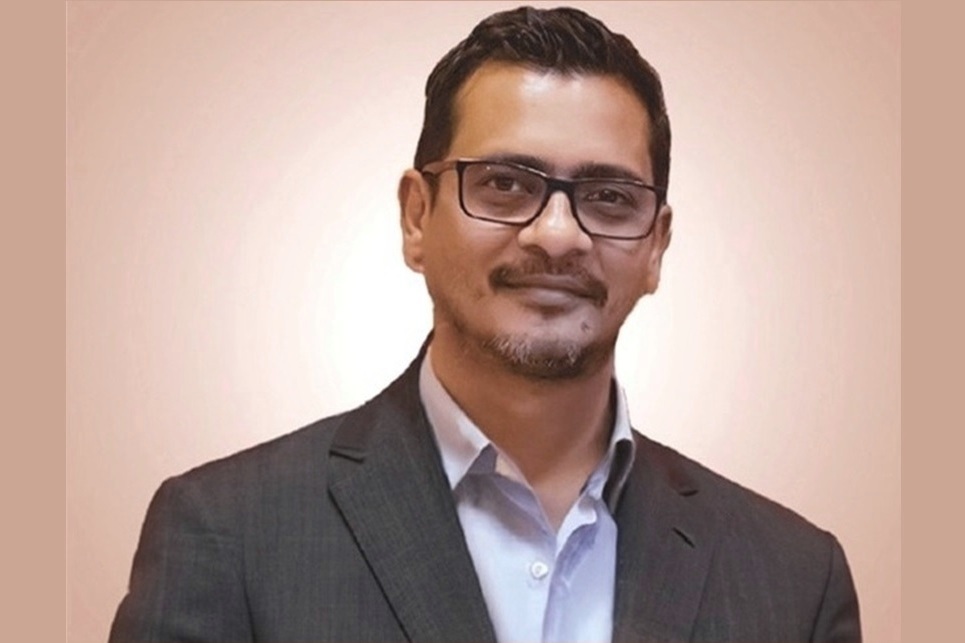


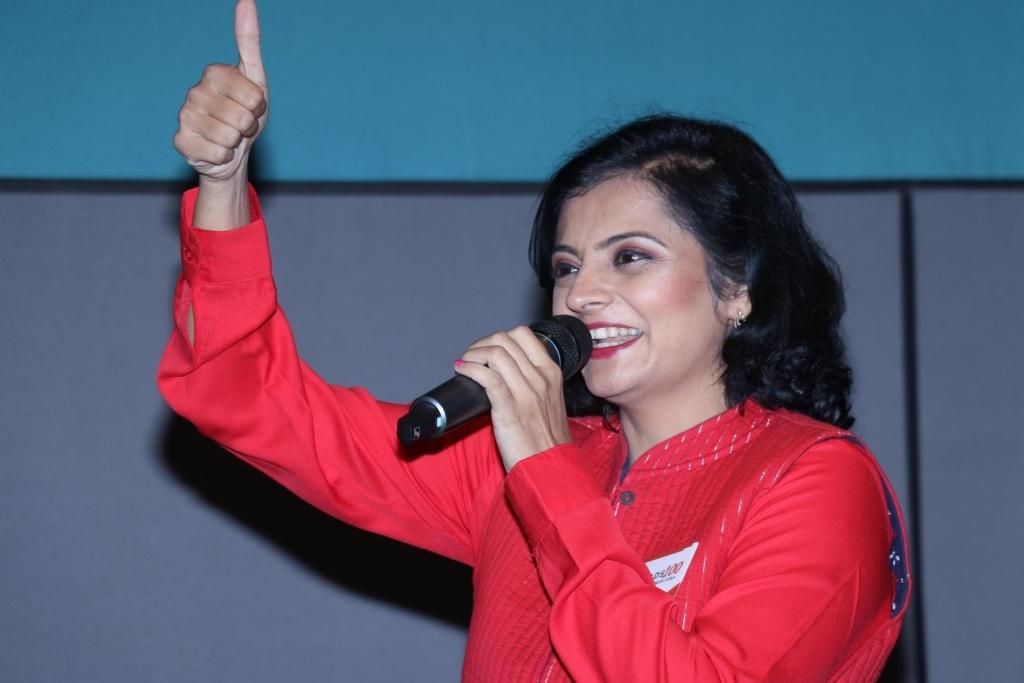
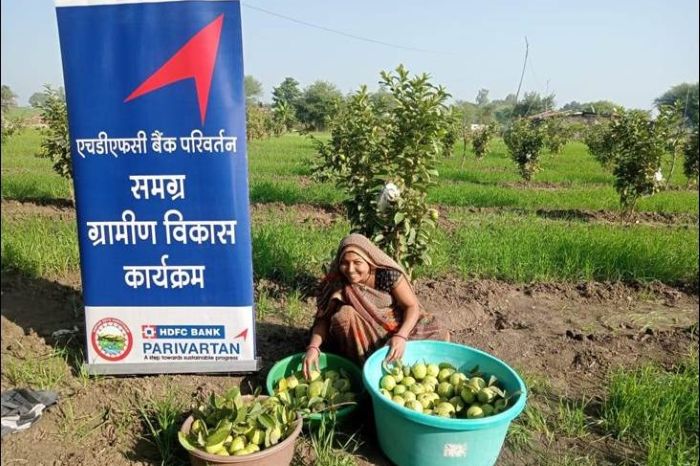


.jpg)




